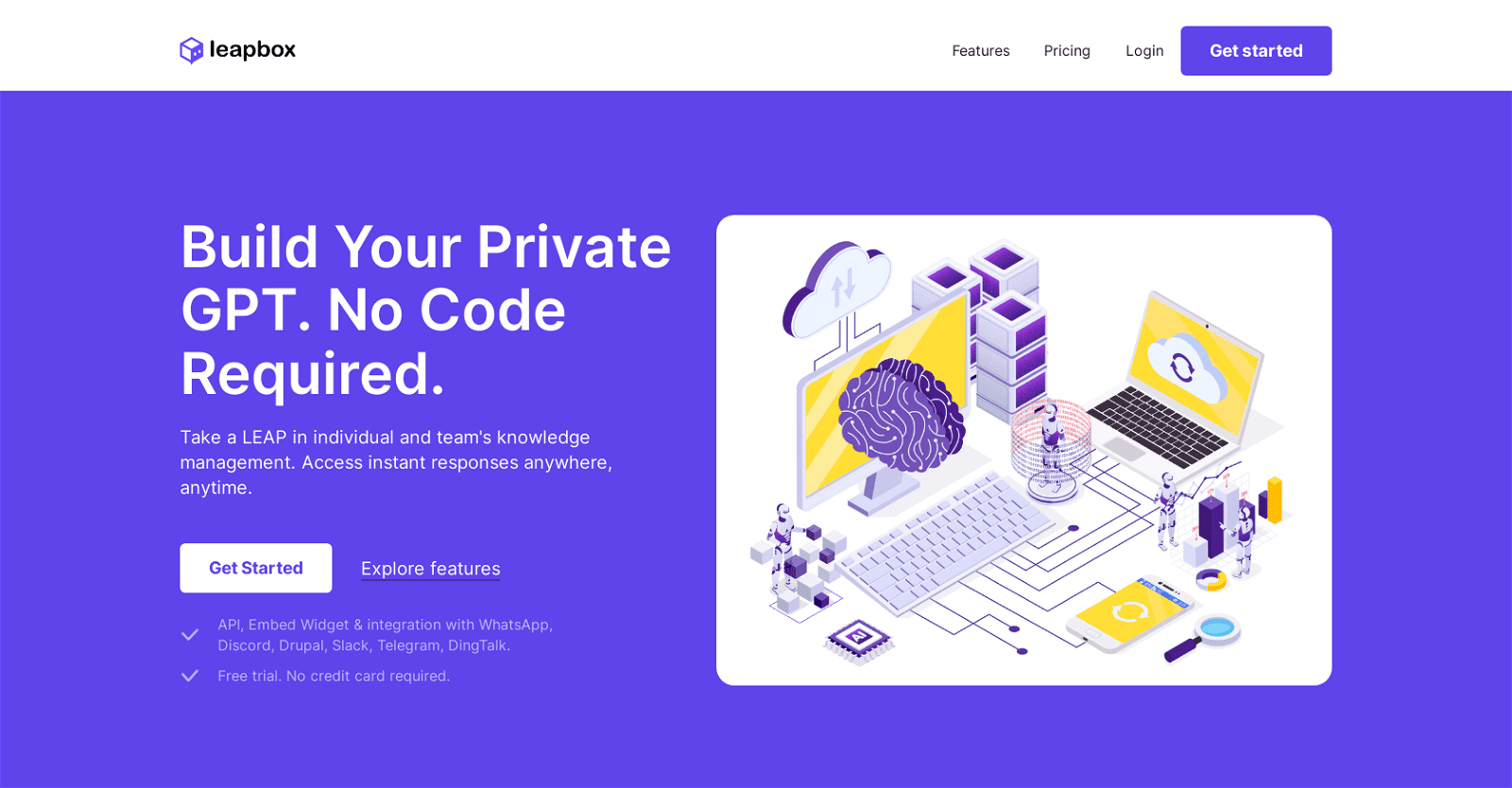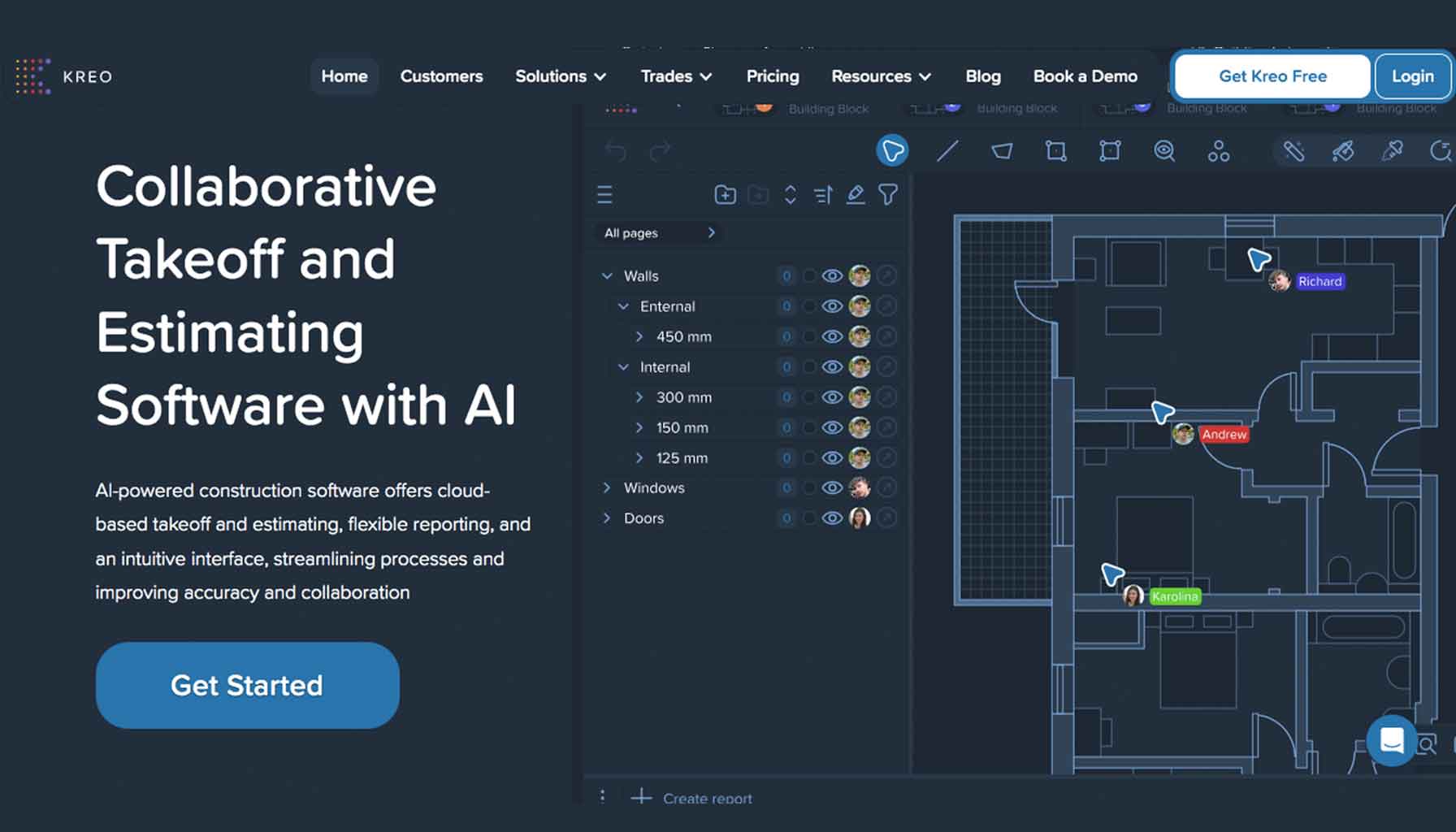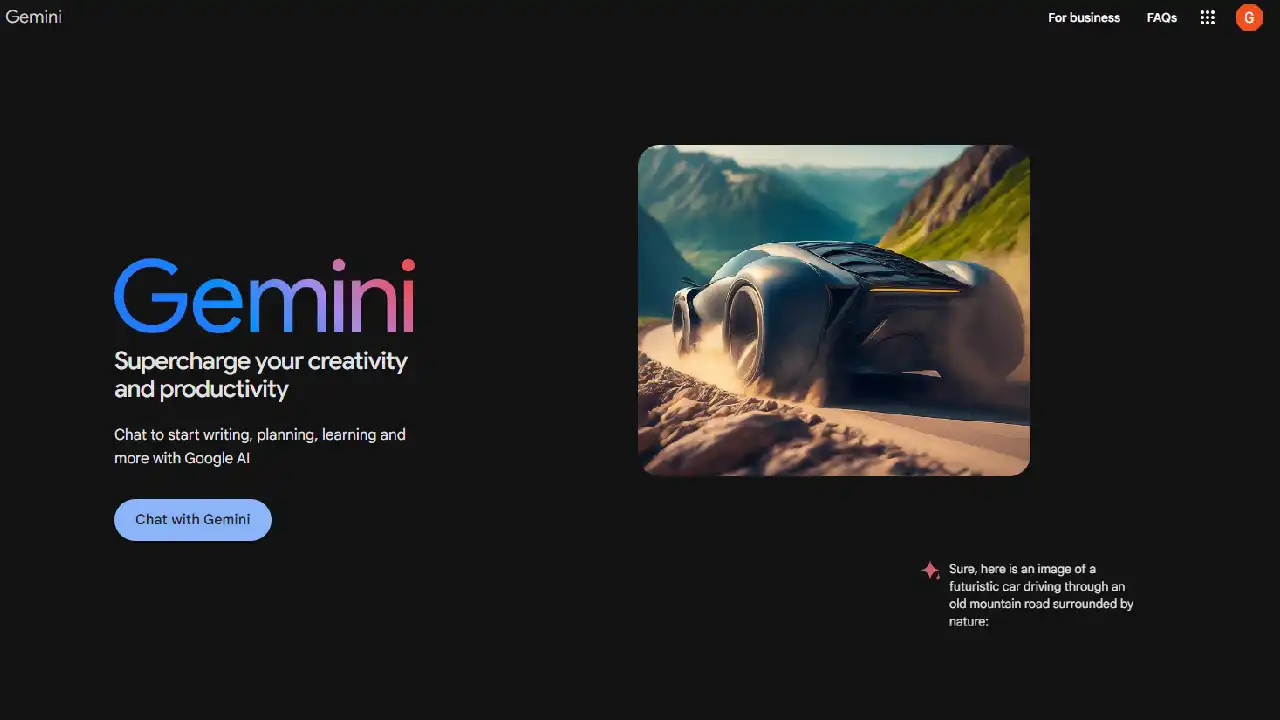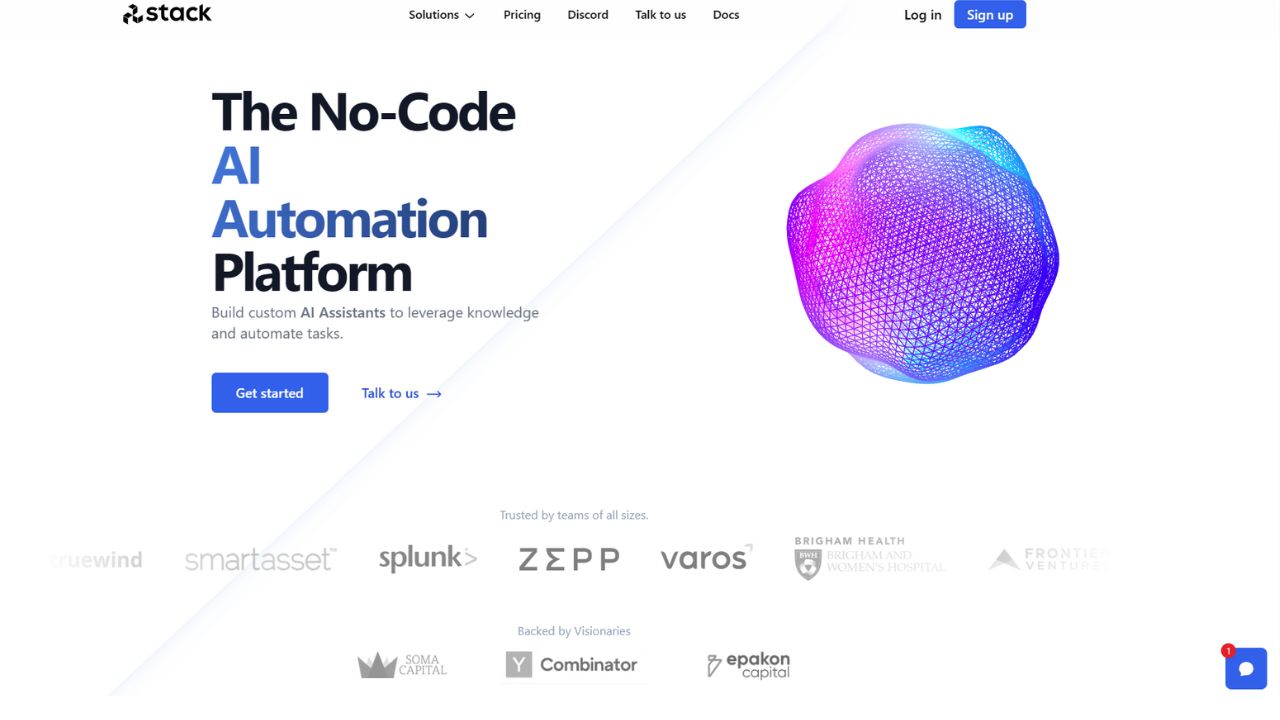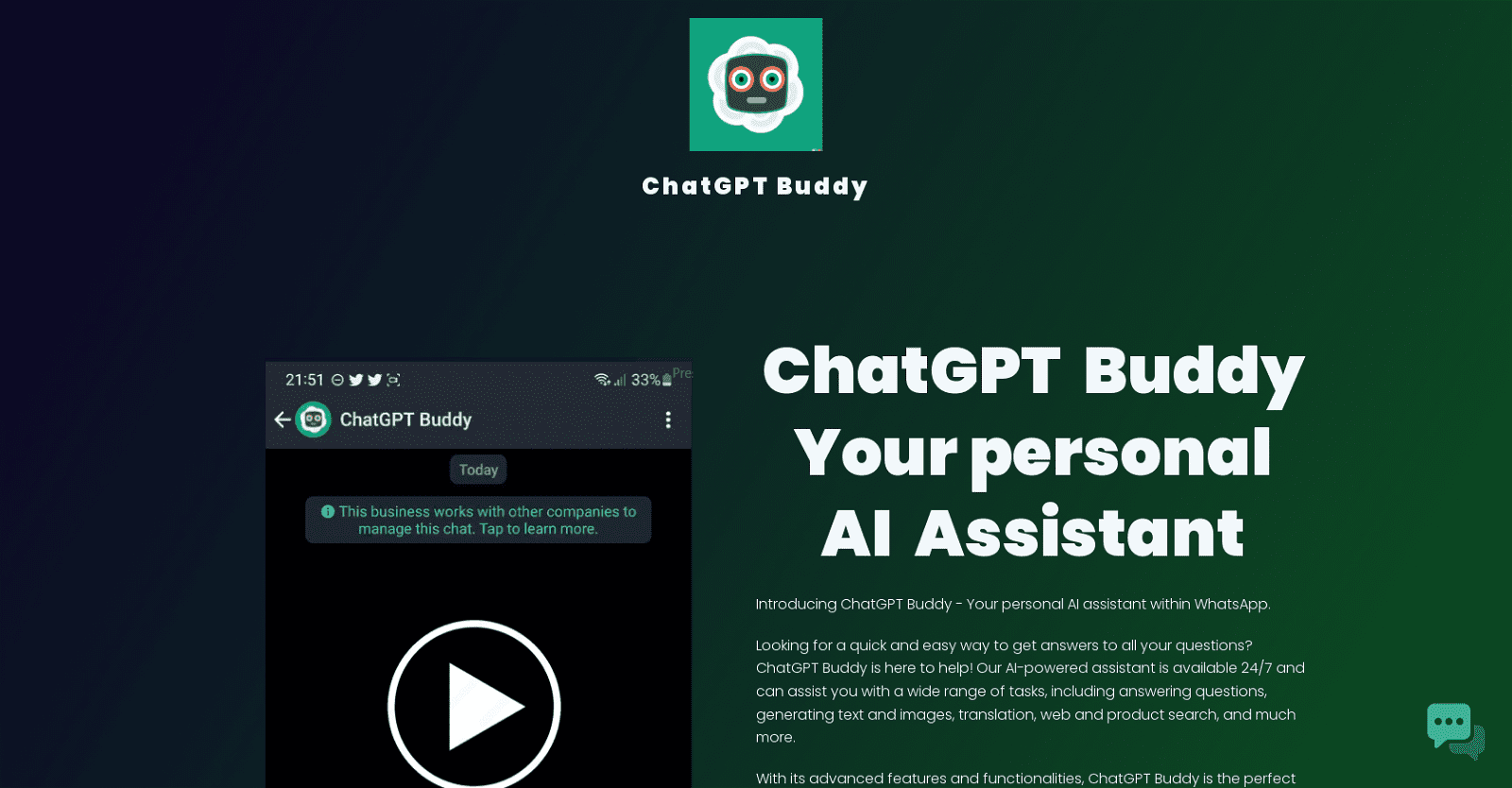A Leapbox is a conceptual framework or tool used in educational settings to facilitate active learning experiences. The term is derived from the idea of taking a “leap” forward in learning through interactive and dynamic methods. It typically involves a physical or digital box filled with various resources, activities, and prompts designed to engage learners in critical thinking, problem-solving, and creativity. These boxes can be tailored to specific subjects, age groups, or learning objectives, making them versatile tools for educators. Within a Leapbox, learners might find hands-on materials, such as puzzles, games, or manipulatives, as well as instructions for collaborative projects or inquiry-based investigations. By providing a structured yet flexible framework, Leapboxes aim to foster curiosity, exploration, and deeper understanding among students.
One key aspect of Leapboxes is their adaptability to different learning styles and environments. Whether used in traditional classrooms, homeschooling settings, or informal learning spaces, Leapboxes can be customized to suit the needs and preferences of diverse learners. They promote active engagement by encouraging students to interact with the materials and each other, fostering a sense of ownership and autonomy over their learning journey. Additionally, Leapboxes often integrate technology, allowing for multimedia experiences and digital resources to enhance learning outcomes. By combining tactile experiences with digital tools, Leapboxes offer a well-rounded approach to education that appeals to contemporary learners.
Furthermore, Leapboxes serve as catalysts for interdisciplinary learning, breaking down barriers between subjects and encouraging holistic understanding. Through themed or interdisciplinary Leapboxes, students can explore connections between various disciplines, such as science, technology, engineering, arts, and mathematics (STEAM). This integrated approach not only enriches learning experiences but also prepares students for real-world challenges that require a combination of skills and knowledge from different fields. By promoting collaboration, creativity, and critical thinking across disciplines, Leapboxes empower students to become lifelong learners and innovative problem solvers in an ever-evolving world.
In summary, Leapboxes represent a dynamic approach to education that prioritizes active learning, creativity, and interdisciplinary exploration. By providing a curated selection of resources and activities, Leapboxes inspire curiosity, engagement, and deeper understanding among learners of all ages. Whether used in formal or informal learning settings, Leapboxes offer a versatile tool for educators to promote 21st-century skills and prepare students for success in an increasingly complex and interconnected world.
